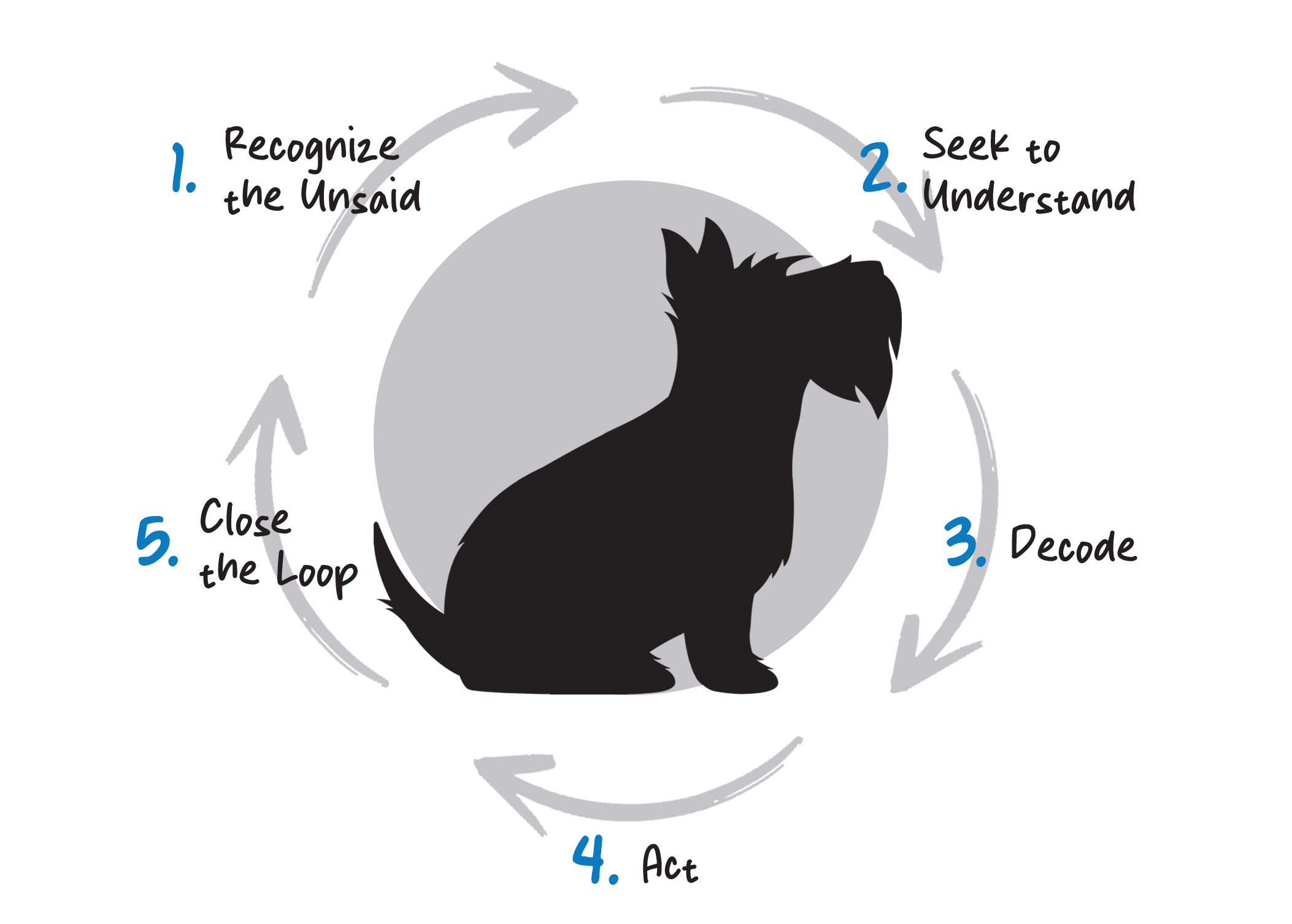What is Active Listening?
Listening well is a critical part of building and maintaining relationships. It supports efforts to understand one another and make sense of ourselves in relation to others. This guide provides useful definitions for understanding the various types of listening, an action-focused cycle for active listening, and common disrupters to effective listening practices.
Cycle of Active Listening

Helpful Definitions
Active listening is about making a conscious effort to hear and understand someone else. When we actively listen, we demonstrate concern, limit our interruptions, and ask open-ended questions. We commit all our attention to the speaker and establish an environment of trust and judgment-free engagement (Younger, 2023).
Generative listeners surface knowledge through providing participants opportunities to share their stories and personal experiences (The Program on Intergroup Relations).
Global Listening is when listeners are aware of multiple things in the room, notice how others respond, and pay attention to verbal and nonverbal cues and engagement (The Program on Intergroup Relations).
Cycle of Active Listening
Recognizing the Unsaid
Acknowledging the unspoken involves navigating beyond explicit communication and understanding the subtleties that lie beneath the surface. It is essential that we begin by confronting the unfamiliar, being ready for any revelations, and maintaining an objective mindset.
Seek to Understand (Lead with Curiosity)
When seeking to understand others, be receptive to learning, embrace curiosity, and challenge your biases and assumptions. It is additionally important to keep from centering yourself in the conversation—engage fully and actively in what others have to offer.
Decoding
Decoding provides a chance to link the information someone has conveyed with actionable steps.
Act
The crucial moment lies in acting after completing the initial three steps of attentive listening. By doing so, you convey your dedication to assisting others. A single act can profoundly communicate that they are not merely a means to an end, but genuinely valued and significant.
Close the Loop
Closing the loop signifies that you intend to take action based on the input you’ve received or that you are communicating the completion of an action. Additionally, expressing appreciation for someone’s openness and vulnerability is highly impactful.
Common Listening Missteps
When attempting to move through the cycle of active listening, the process can sometimes be disrupted by the following actions and assumptions:
- Trying to solve the problem rather than focusing on what is being said
- Assuming you already know what the person is trying to say
- Trying to analyze the problem
- Jumping to conclusions or rushing to judgment
- Giving unsolicited advice
- Saying how much you understand the problem
- Interviewing people who are upset rather than listening to them
- Moving too quickly to problem-solving, before the person has completed their thoughts
- Changing the subject
Adapted from University of Colorado, Boulder’s How to Have a Better Conversation: Active Listening and Helpful Questioning
Citations
Younger, H. (2023). Art of Active Listening. Berrett-Koehler Publishers.
University of Michigan. The Program on Intergroup Relations. Retrieved January 26, 2024.